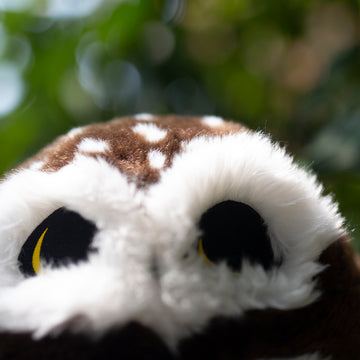What is Mammoth? What caused the extinction of mammoths?

A mammoth is any species of the extinct elephantid genus Mammuthus, one of the many genera that make up the order of trunked mammals called proboscideans. The various species of mammoth were commonly equipped with long, curved tusks and, in northern species, a covering of long hair. They lived from the Pliocene epoch (from around 5 million years ago) into the Holocene at about 4,000 years ago, and various species existed in Africa, Europe, Asia, and North America. They were members of the family Elephantidae, which also contains the two genera of modern elephants and their ancestors. Mammoths are more closely related to living Asian elephants than African elephants.
Mammoths feed on grasses and beans in summer and shrubs and bark in winter. They have always lived on grasslands and hills in alpine regions, but they migrate south in winter and return to their habitats in spring when snow and ice melt.
Mammoths have been living in the grasslands and hills in the alpine zone because of their long hair, which can resist the cold. Humans at that time evolved at the same time, and they could live in peace at first, but when they evolved to the stage of newcomers, they would still use fire attacks, fight collectively, and hunt groups of animals and large animals. Mammoths were the main objects they hunted.
For five million years, woolly mammoths roamed the earth until they vanished for good nearly 4,000 years ago – and scientists have finally proved why.
The hairy cousins of today’s elephants lived alongside early humans and were a regular staple of their diet – their skeletons were used to build shelters, harpoons were carved from their giant tusks, artwork featuring them is daubed on cave walls, and 30,000 years ago, the oldest known musical instrument, a flute, was made out of a mammoth bone.
Now the hotly debated question about why mammoths went extinct has been answered - geneticists analysed ancient environmental DNA and proved it was because when the icebergs melted, it became far too wet for the giant animals to survive because their food source – vegetation – was practically wiped out.
When the woolly mammoths began to go extinct, the last ice age had begun to come to an end. The end of the ice age was marked by global warming, and the glaciers that once covered most of the northern hemisphere melted rapidly.
If you would like to own a Mammoth, you can order our Mammoth Plush Toy as a replacement. Our plush Mammoth are so soft, cute and cuddly that we can hardly stand it!
Check more details: Mammoth Elephant Plush Toy







